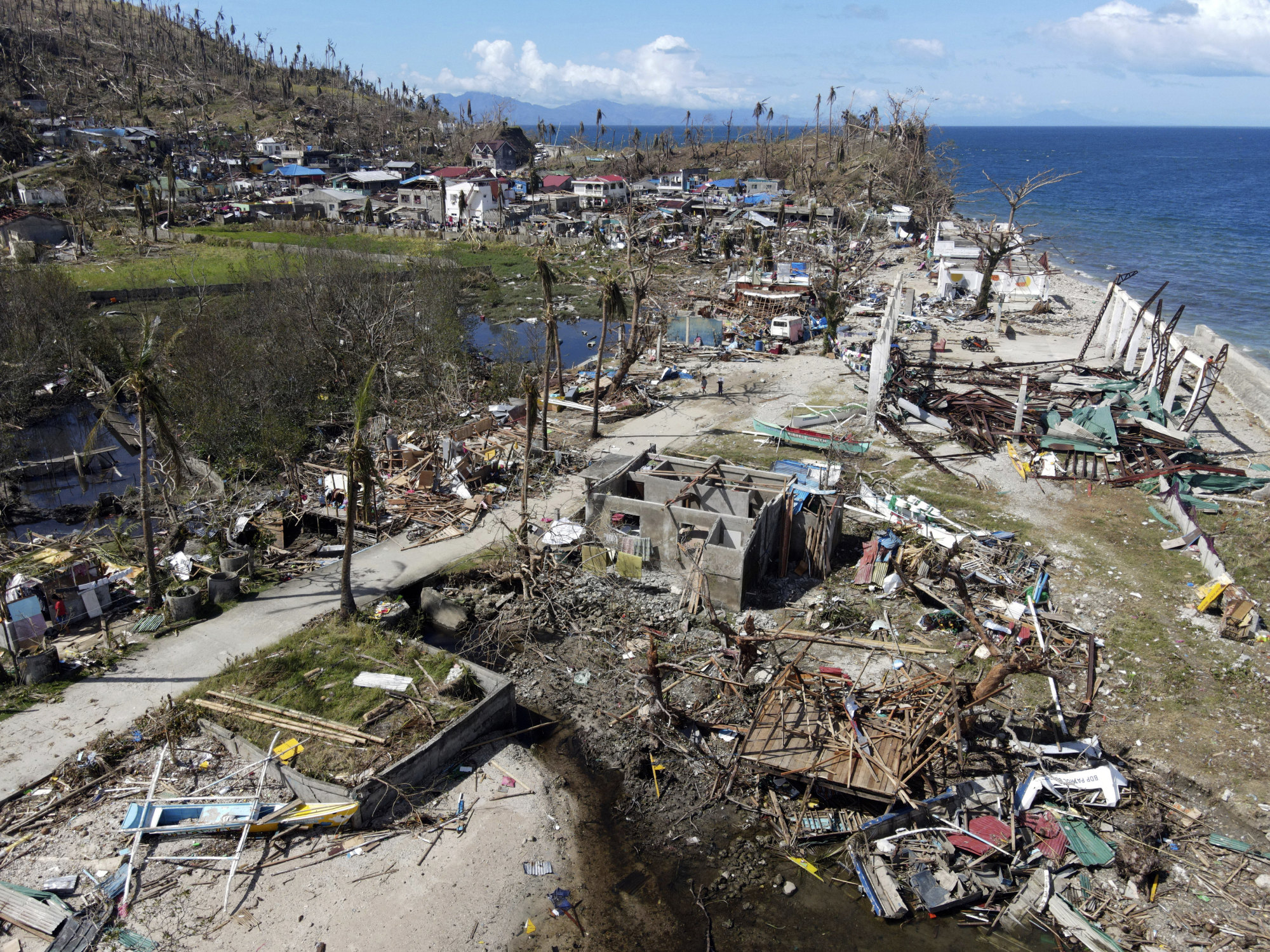
Philippine forecasters say Typhoon Rai ‘exceeded all predictions’ as it rapidly intensified
- The super typhoon which hit the Philippines, leaving nearly 400 dead, was initially expected to cause only ‘considerable damage’
- As with Hurricane Ida, warm ocean water and differing wind speeds near the eye of the storm acted as fuel to whip it up into a more severe event
Before Rai underwent a process of rapid intensification, forecasters at first warned of a storm that could bring “considerable damage”, with winds of up to 165km (103 miles) per hour.
Philippine response to Typhoon Rai could affect next year’s election
“But the situation evolved very fast,” said Nikos Peñaranda, a forecaster who studies thunderstorms at the Philippines’ national weather bureau. “Our models weren’t able to predict the way the storm intensified, and it exceeded all our predictions.”
In rapid intensification of storms, warm ocean water and differing wind speeds near the eye of the storm act as fuel to whip it up into a more severe event.
In the case of Rai, the storm turned into a Category 5 super typhoon, with speeds similar to when a passenger plane starts to lift off the ground.
When it made landfall, winds of up to 210km/h were uprooting coconut trees, ripping down electricity poles, and hurling slabs of corrugated tin and wood through the air.
A lack of real-time data and case studies of similar storms in the region made it difficult for forecasters to predict just how much Rai, or Odette as the storm is known locally, would intensify, said Peñaranda.
Hurricane Ida, a Category 4 storm, experienced a similar intensification in the Gulf of Mexico hours before it slammed into the US state of Louisiana in August.
Ocean temperatures near the surface and at depths of up to 200 metres are rising around three times faster in this region than the global average, according to the WMO, making it fertile ground for more intense, less predictable storms.
Hong Kong Observatory cancels typhoon signal as Tropical Storm Rai weakens
In the past three decades, the Philippines has recorded at least 205 tropical cyclones, the highest of any Asian country, according to EM-DAT, a publicly available database on disasters run by the University of Louvain. Nearly each one of has taken lives and caused millions of dollars worth of damage.
By comparison, China, the second-most affected country, has seen 139, and Bangladesh, also prone to storms, has seen 42.

Philippine President Rodrigo Duterte has declared a state of calamity to ramp up relief operations for over 2 million people affected by the typhoon, while foreign donations have also poured in to boost local efforts to deliver help to the central and southern provinces.
China on Wednesday announced it was donating US$1 million to relief efforts, while the European Union said it was allocating an initial amount of €1.7 million in humanitarian assistance.
The United States, France, Canada, Australia, Japan, Britain and other countries have also sent and pledged assistance.
Additional reporting by DPA


